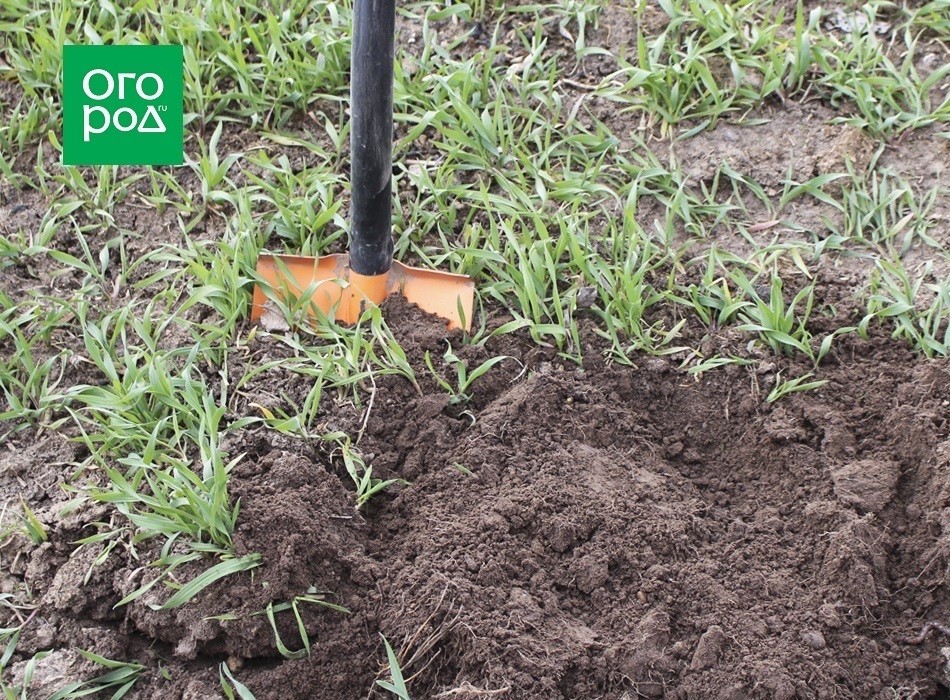It is no secret that tomatoes are heat-loving plants, and for successful seedling cultivation in the spring, many requirements must be met, carefully caring for the seedlings. But what if you sow tomatoes not in the spring, but before winter, directly into the ground? It is so simple: you bury the tomatoes and “forget” about them until spring!
Let’s figure out how this technique “works”, what its pros and cons are, and whether it is worth spending time on such experiments.
Advantages of winter sowing of tomatoes
When growing tomatoes in the traditional way, every spring we have to calculate the time for sowing seeds so that the seedlings do not outgrow on the windowsills, sow the seeds at a certain distance, maintain the required temperature, and then pick the seedlings into separate containers, harden the plants, etc. Sowing tomatoes in the winter saves us from these troubles.
The advantages of the method also include the following:
- seeds do not need to be prepared for sowing: processed, germinated or hardened;
- seeds are subject to stratification and natural selection;
- saves space on the windowsill;
- the seedlings turn out strong and hardened;
- Tomatoes are less susceptible to diseases.
How to Prepare a Place for Planting Tomatoes in the Fall
Winter sowing of tomatoes can be done both in a greenhouse and in open ground, after the onset of stable cold weather. If your region has severe winters, it is better to conduct the experiment in a greenhouse. It is very important that after harvesting, on the eve of winter sowing, the greenhouse is subjected to sanitary treatment.
In regions with mild winters, you can sow tomatoes directly into the garden bed. You should choose a well-lit place and not too low, so that there is no stagnation of water in the spring. It is advisable to sow tomatoes in the area where pumpkin, legumes, early white cabbage and cauliflower, onions or garlic grew the day before. If green manure grows in the garden bed, dig it into the ground to a shallow depth several weeks before sowing tomatoes. When preparing the bed, add a bucket of humus or vermicompost and a glass of wood ash per 1 sq.m.
How to sow tomatoes with seeds
When sowing tomatoes in winter, there is no need to process, soak or germinate tomato seeds. The main condition is that the soil should be cold (1-5°C) so that the seeds do not germinate. Make a row 2-3 cm deep and sow the seeds often, since not all of them will germinate. Cover with soil (layer thickness is about 2 cm), no need to water.
How to plant whole tomatoes
Planting tomatoes with whole fruits is a more popular method, which is great for “lazy” gardeners. Dig holes at a distance of 15-20 cm and a depth of 7-10 cm (depending on the size of the tomatoes), put ripe fruits on the bottom and sprinkle with soil (layer thickness – 2-3 cm). If you are planting cherry tomatoes, the hole depth should be more than 5 cm. The advantage of this method is that tomato seeds will not germinate until winter, even if there are warm days in November.
On the eve of frost, cover the plantings with a thick layer of hay and put spruce branches on top. In the spring, with the onset of warm days, do not forget to remove the cover. And when the shoots appear, build a small greenhouse over them so that the small plants do not die from spring frosts.
Disadvantages of winter sowing
This method, of course, has its drawbacks. These include the following:
- tomatoes will sprout only with the onset of stable warmth;
- plants may die from recurrent frosts;
- tomatoes planted with whole fruits will sprout in a bunch, i.e. many plants will grow from one hole at once (which means they will need to be replanted or weaker seedlings will need to be removed);
- Tomato seeds sown dry may not sprout at all if they germinate before the onset of frost.
However, many gardeners who plant tomatoes not in a greenhouse, but in open ground, claim that this method of growing seedlings makes it possible to get a guaranteed harvest. And, despite the late shoots, the plants quickly catch up with their counterparts that were sown at home.
If you have never planted tomatoes in late autumn, be sure to try it and then share your experience. How well does this method work in your region?












